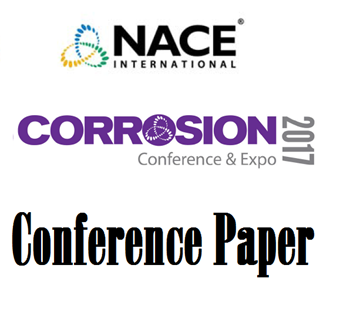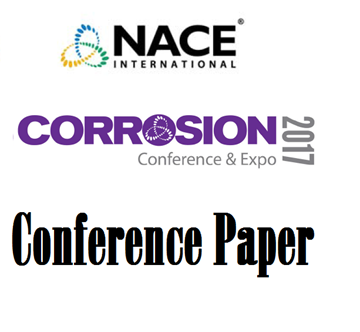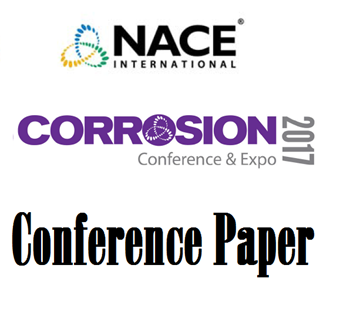Search
Effect of Thiosulfate on Metastable Pitting in Chloride Containing Environment
Also Purchased
Effect of Thiosulfate on the Pitting Corrosion of Nickel Base Alloys in Chloride Solutions
Product Number:
51317--9036-SG
ISBN:
9036 2017 CP
Publication Date:
2017
$20.00
Pitting Behavior of Lean Duplex Stainless Steels in Thiosulfate-Containing Paper Machine Environment
Product Number:
51317--9163-SG
ISBN:
9163 2017 CP
Publication Date:
2017
$20.00
51317--9518-Chloride Stress Cracking of an Austenitic Stainless Steel Pipe Fitting in a Hydroprocessing Unit
Product Number:
51317--9518-SG
ISBN:
9518 2017 CP
Publication Date:
2017
$20.00




